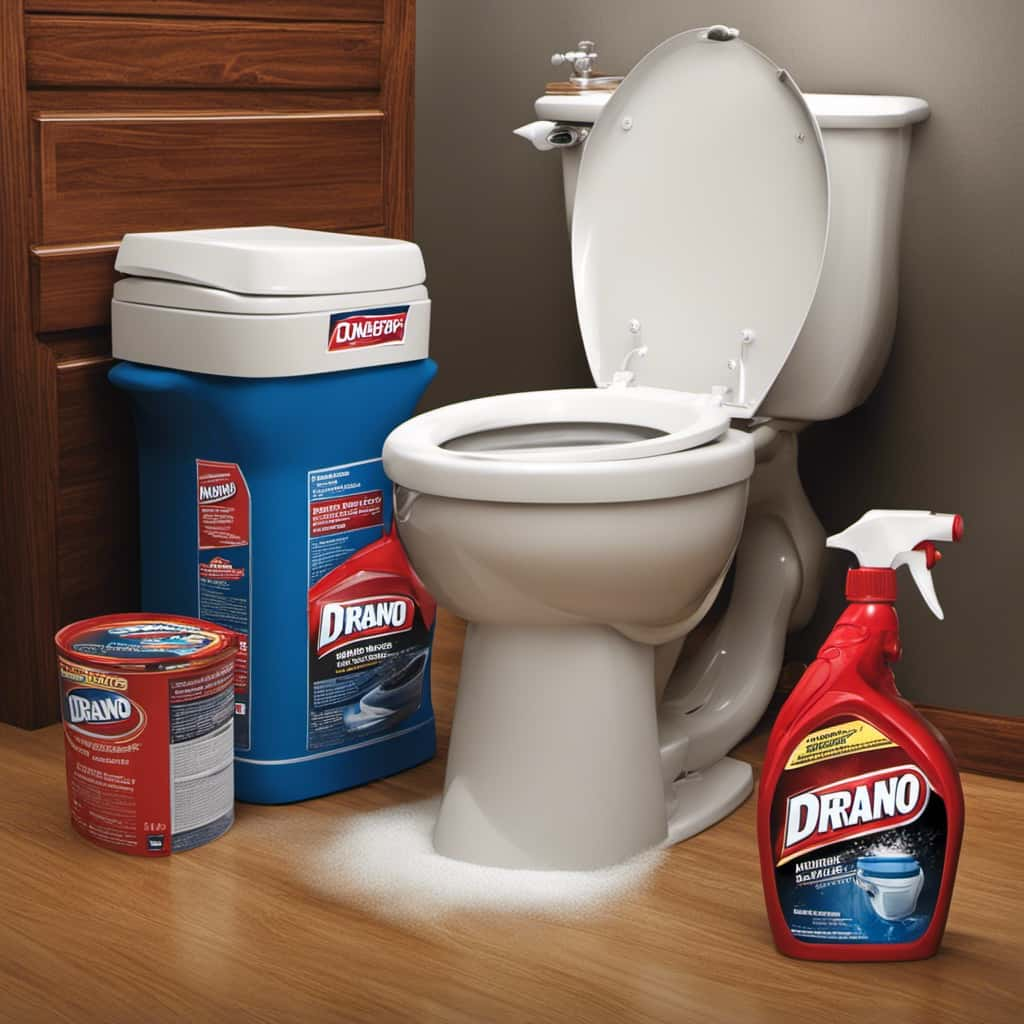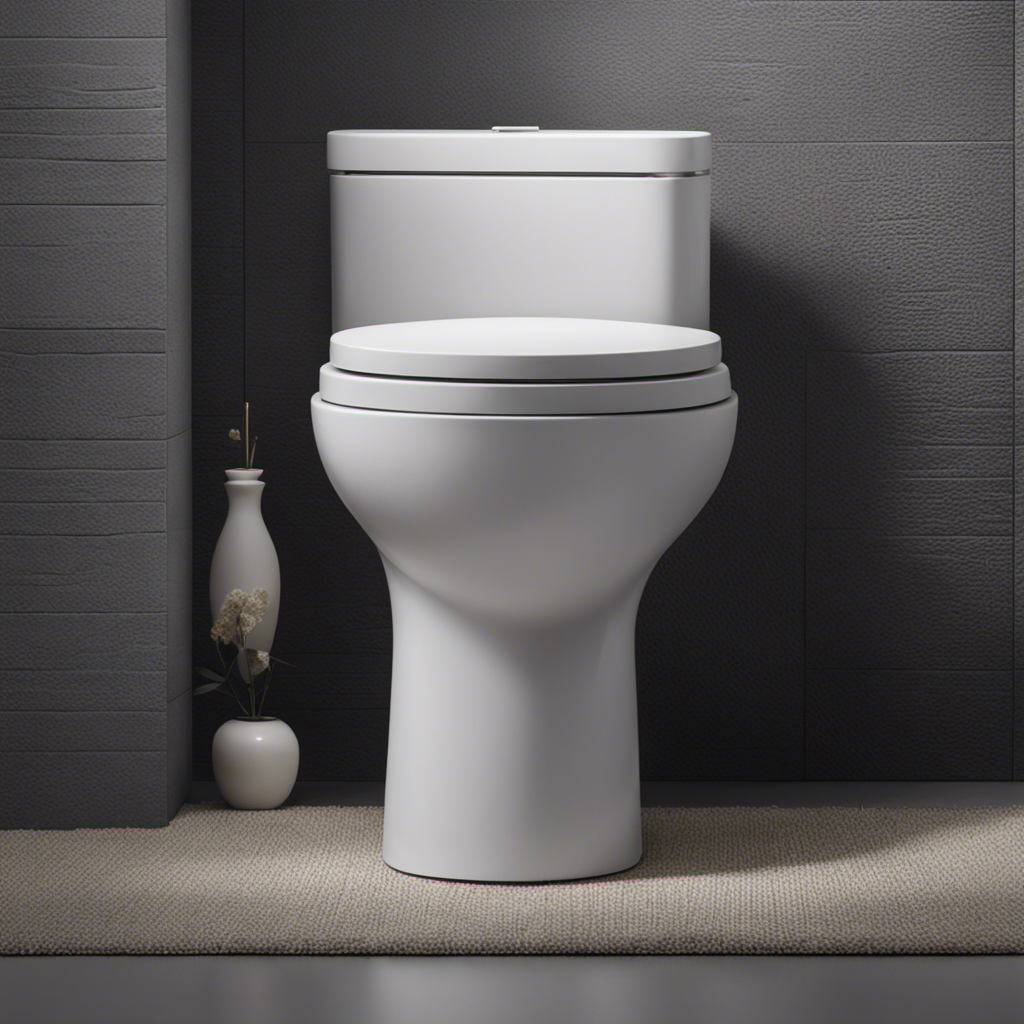Picture a tiny, harmless wet wipe beginning its perilous adventure through the winding complexities of our sewer systems.
Along the way, it encounters clogged pipes, overwhelmed wastewater treatment plants, and even health hazards.
This allegorical tale reveals the true impact of flushing wet wipes and the dire consequences it brings upon our infrastructure and environment.
Join us as we delve into the technical intricacies, economic burdens, and importance of proper wet wipe disposal.
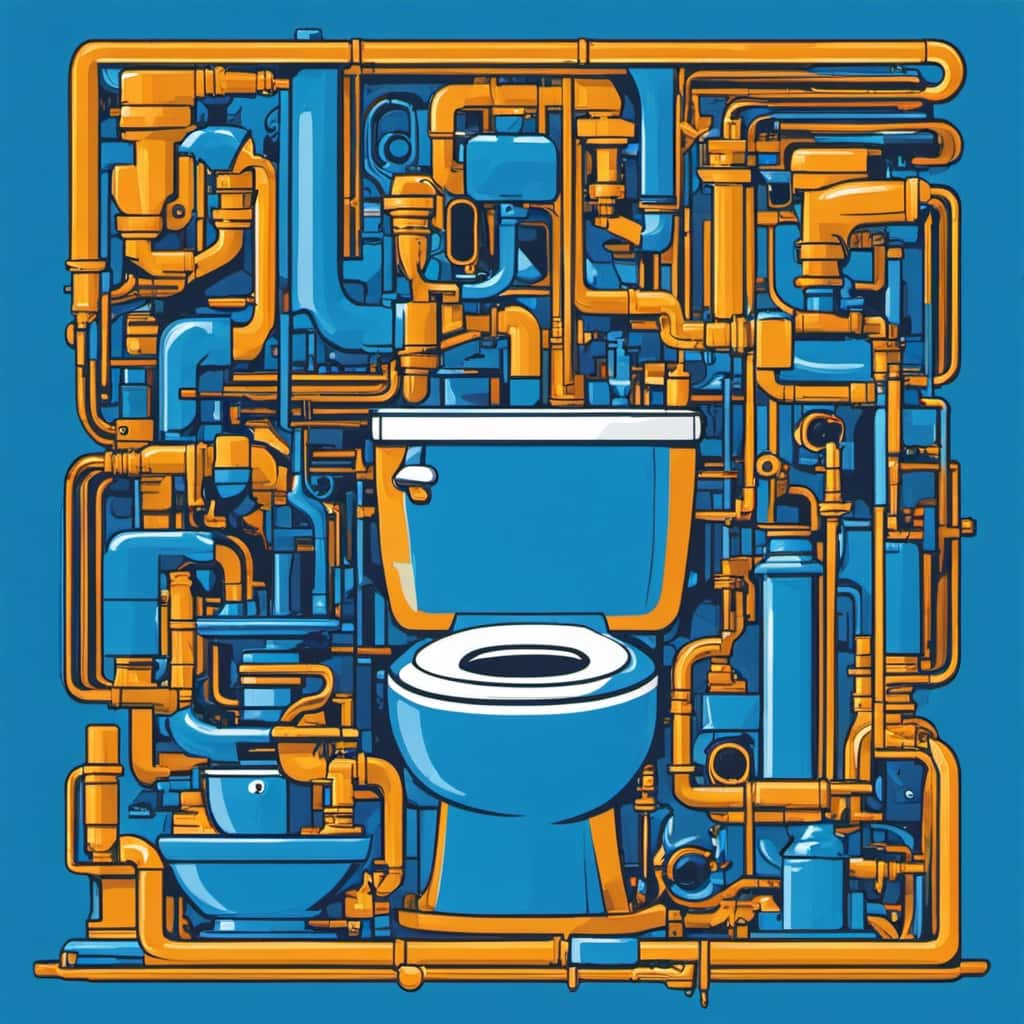
Mastery awaits those who seek knowledge in this realm.
Key Takeaways
- Flushing wet wipes can cause blockages in pipes, leading to sewer backups and overflows.
- Wet wipes can clog pumps and screens in wastewater treatment plants, causing restricted water flow and backups.
- Proper disposal of wet wipes in the trash is crucial to prevent damage to plumbing systems and sewage infrastructure.
- Wet wipes made of non-biodegradable materials contribute to microplastic pollution, harming aquatic organisms and ecosystems.
The Journey of a Flushed Wet Wipe
During the journey of a flushed wet wipe, it undergoes a series of transformations and encounters various obstacles.
Wet wipes are often mistakenly flushed down the toilet, leading to significant problems in the sewer system. Unlike toilet paper, wet wipes don’t disintegrate easily. Instead, they remain intact and can cause blockages in pipes, leading to sewer backups and overflows.
These blockages require costly repairs and can disrupt wastewater treatment plants. Wet wipes can clog pumps and screens, reducing their efficiency and increasing maintenance costs.

Furthermore, the impact of wet wipes on wastewater treatment plants is detrimental. They can cause equipment to malfunction and can even escape into water bodies, contributing to pollution.
It’s crucial to raise awareness about the proper disposal of wet wipes to prevent these issues and ensure the smooth functioning of our sewer system and wastewater treatment plants.
The Plumbing Nightmare of Wet Wipes
When it comes to wet wipes, the plumbing nightmare begins with clogging and blockages. These non-biodegradable wipes don’t break down like toilet paper, causing them to accumulate and create obstructions in the pipes.
As a result, water flow becomes restricted, leading to backups and potential sewage spills. Dealing with such plumbing issues can be a costly affair, often requiring professional intervention and expensive repairs.
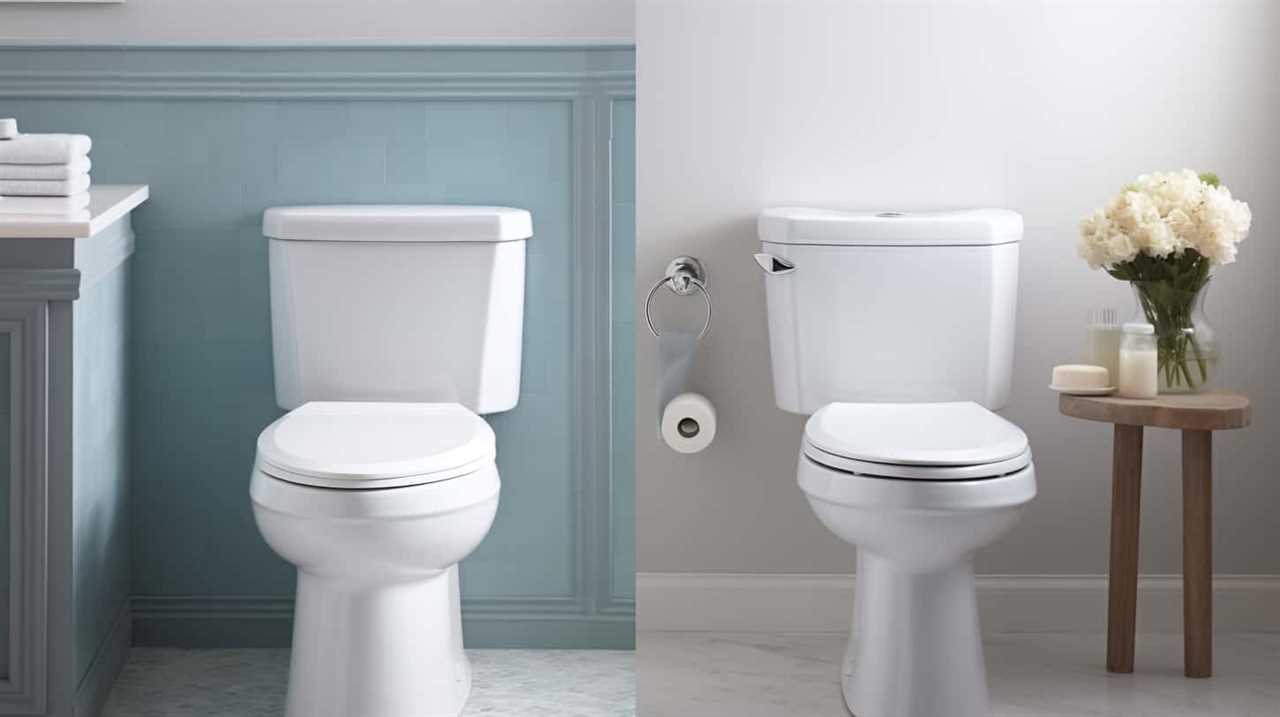
Clogging and Blockages
To understand the plumbing nightmare that wet wipes can cause, let’s delve into the consequences of flushing them down the toilet.
Wet wipes are notorious for clogging pipes and causing blockages in plumbing systems. These wipes aren’t designed to disintegrate like toilet paper, which makes them a major culprit in clogging prevention. When flushed, wet wipes can accumulate and clump together, forming large masses that obstruct the flow of wastewater. This can lead to backups, overflows, and costly repairs.
Additionally, wet wipes can have a detrimental impact on septic systems. The non-biodegradable materials in wet wipes can accumulate in the septic tank, reducing its capacity and efficiency. Over time, this can result in system failure and the need for expensive repairs.
It’s crucial to dispose of wet wipes in the trash to avoid these plumbing nightmares.

Expensive Plumbing Repairs
Moving on to the costly consequences of flushing wet wipes, we encounter the plumbing nightmare of expensive repairs.
When wet wipes are flushed down the toilet, they can cause significant damage to the plumbing system, leading to costly repairs. Wet wipes aren’t designed to break down easily like toilet paper, and as a result, they can accumulate in the pipes and create clogs or blockages.
These clogs can restrict the flow of water and sewage, causing backups and overflows. Repairing the damage caused by wet wipes often requires the expertise of a professional plumber and can be a time-consuming and expensive process. In some cases, the entire plumbing system may need to be replaced, resulting in even higher costs.
To avoid this expensive nightmare, it’s essential to dispose of wet wipes properly, in designated trash bins.
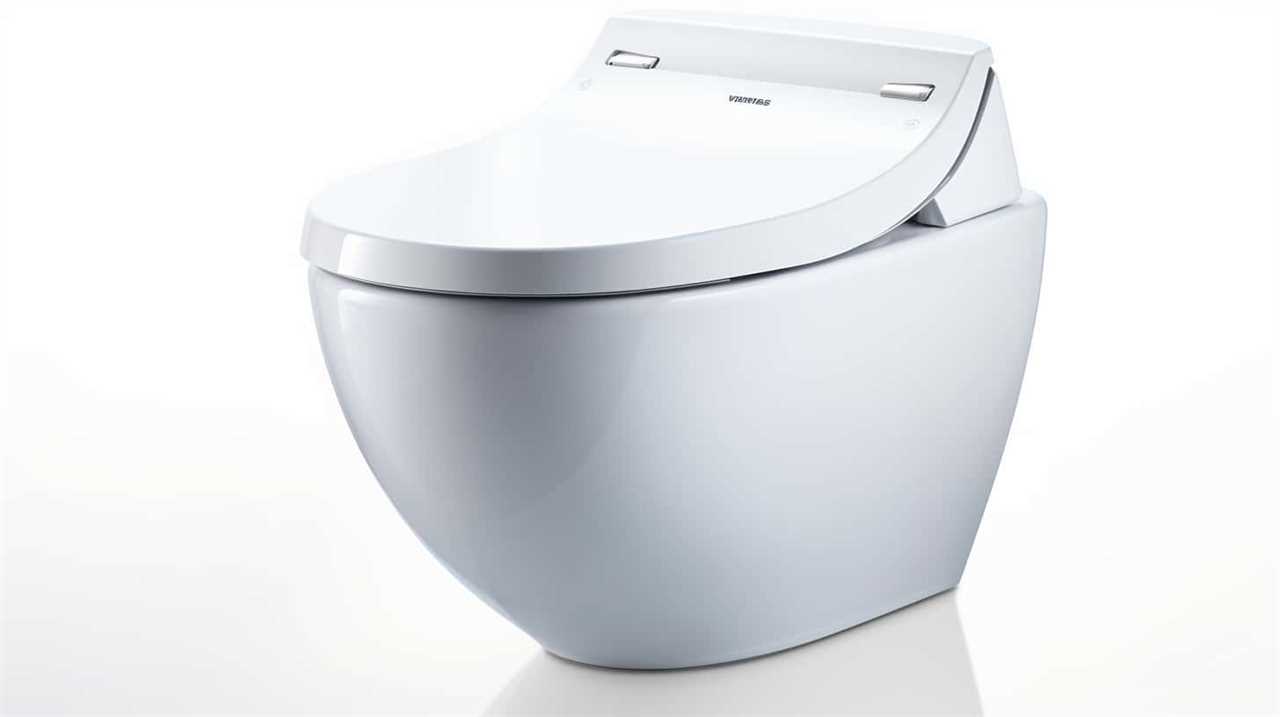
How Wet Wipes Affect Sewage Systems
When it comes to the impact of wet wipes on sewage systems, two major concerns arise: sewage system clogs and environmental impact.
Wet wipes, unlike toilet paper, don’t break down easily in water and can accumulate in sewage pipes, leading to blockages and backups.
Additionally, the plastics and chemicals in wet wipes can have detrimental effects on the environment when they make their way into water bodies, causing pollution and harm to aquatic life.
Sewage System Clogs
Flushing wet wipes causes clogging in sewage systems, leading to potential backups and costly repairs. Sewage system maintenance is crucial to prevent these issues and ensure the smooth operation of the system.
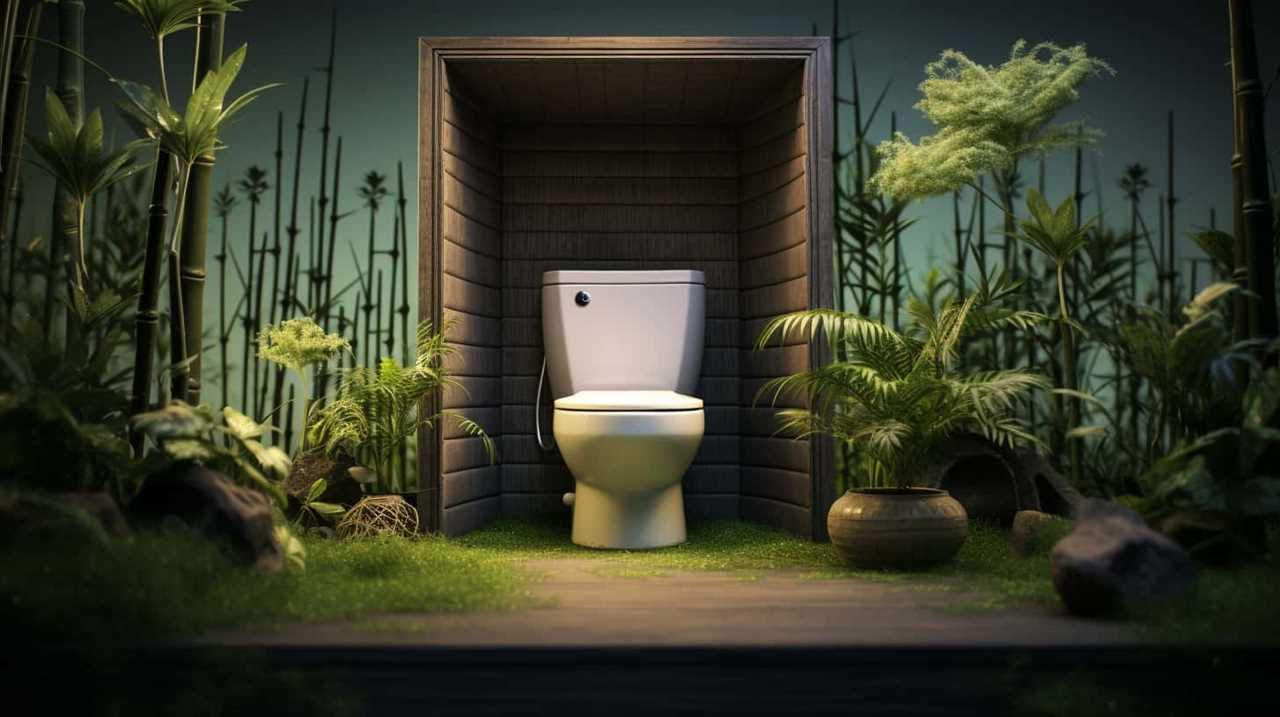
When wet wipes are flushed, they can accumulate and form blockages in the pipes. These blockages restrict the flow of wastewater, causing it to back up into homes, businesses, and streets. Additionally, wet wipes don’t break down easily like toilet paper, exacerbating the problem.
The impact on water quality is significant as well. Clogs in the sewage system can result in untreated wastewater being released into the environment, contaminating water sources and harming aquatic life.
Therefore, it’s essential to educate the public about the proper disposal of wet wipes to mitigate these clogging issues and protect our sewage systems and water quality.
Environmental Impact Concerns
As we delve into the environmental impact concerns of wet wipes on sewage systems, it becomes apparent that these non-biodegradable items pose a significant threat to the proper functioning and overall health of our wastewater infrastructure. Wet wipes, unlike toilet paper, do not break down easily and can cause blockages in sewage pipes and treatment plants. This leads to increased maintenance costs and potential disruptions in the sewage system. Additionally, the decomposition of wet wipes releases microplastics into the water, which can have detrimental effects on marine ecosystems. These tiny plastic particles can be ingested by marine organisms, leading to bioaccumulation and potential harm to the entire food chain. It is crucial that we raise awareness about the negative impact of flushing wet wipes and encourage the use of more environmentally friendly alternatives.
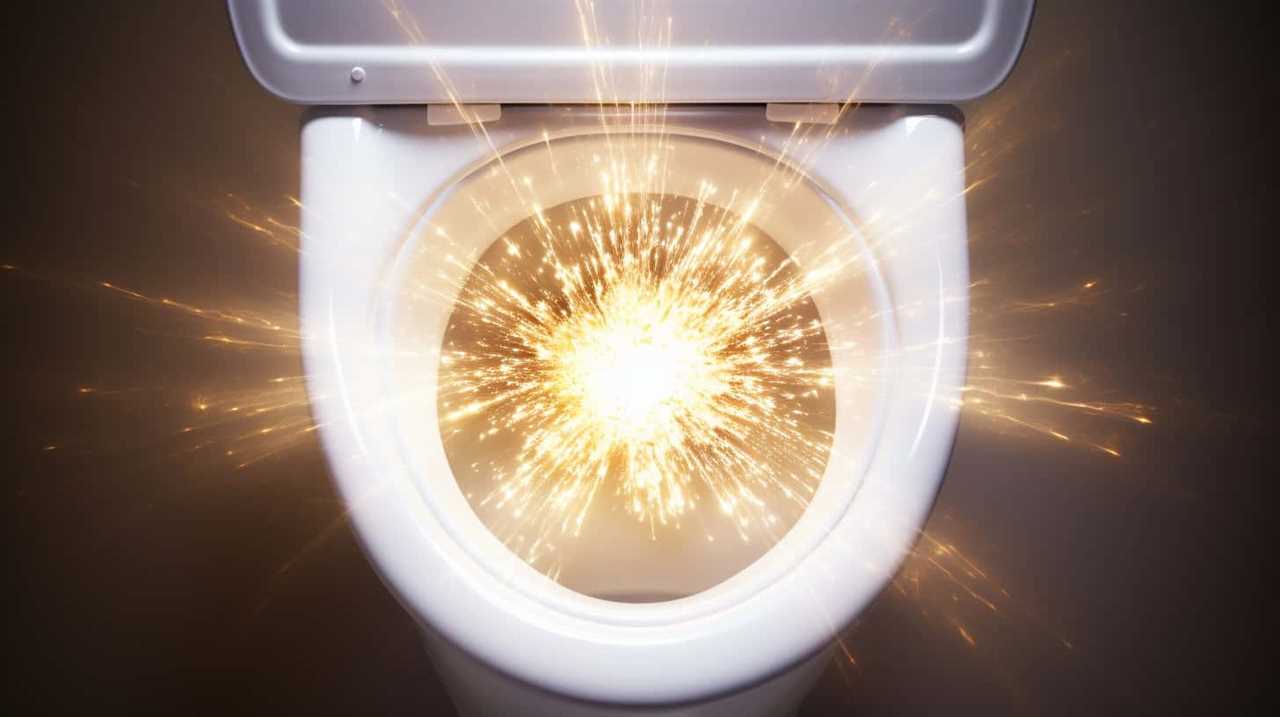
| Environmental Impact Concerns of Wet Wipes | ||
| Impact | Description | Solution |
| Wet wipe decomposition | Wet wipes do not break down easily in sewage systems, leading to blockages and increased maintenance costs. | Encourage the use of biodegradable wet wipes or dispose of them in the trash. |
| Impact on marine ecosystems | The decomposition of wet wipes releases microplastics, which can harm marine organisms and disrupt the food chain. | Raise awareness about the negative effects of flushing wet wipes and promote the use of sustainable alternatives. |
Impact on Wastewater Treatment Plants
Our wet wipes can have a significant impact on wastewater treatment plants. When flushed down the toilet, these non-biodegradable wipes enter the sewage treatment system and disrupt the delicate balance of wastewater management.
The problem lies in the fact that wet wipes don’t break down easily like toilet paper. Instead, they can clog pipes and pumps, causing blockages and equipment malfunctions. This leads to increased maintenance costs and reduced efficiency in wastewater treatment plants.
Furthermore, the presence of wet wipes in the treatment process can interfere with the biological treatment methods used to remove pollutants from the water. As a result, the overall effectiveness of sewage treatment is compromised.
Now, let’s delve into the next section and explore the consequences of wet wipes clogging our pipes.
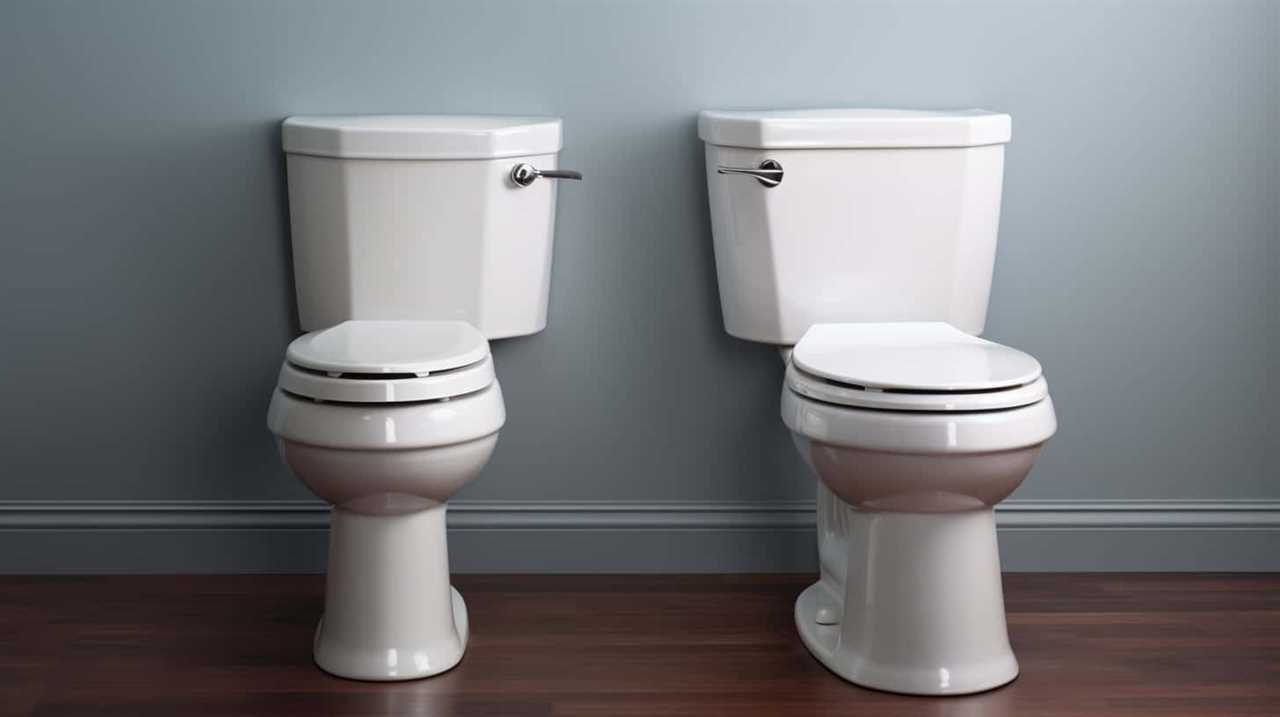
Wet Wipes and Clogged Pipes
When wet wipes are flushed down the toilet, they can lead to clogged pipes and cause significant issues in the sewage system. These clogs occur because wet wipes do not break down as easily as toilet paper, causing them to accumulate and form blockages. This not only affects individual plumbing systems but also poses a threat to the entire wastewater treatment process. To understand the dangers of flushing wet wipes, let’s take a closer look at the impact on wastewater treatment facilities.
| Dangers of Flushing Wet Wipes | Impact on Wastewater Treatment Facilities |
|---|---|
| Clogged pipes and blockages | Increased maintenance and repair costs |
| Reduced flow capacity | Higher energy consumption |
| Increased risk of sewage backups | Decreased efficiency in removing pollutants |
| Damage to equipment | Potential for environmental contamination |
| Increased risk of sewer overflows | Impact on water quality |
The dangers of flushing wet wipes not only disrupt the proper functioning of sewage systems but also impact the overall efficiency and effectiveness of wastewater treatment facilities. As a result, it is crucial to address this issue to prevent further harm to the environment and ensure the proper treatment of wastewater.
The Environmental Consequences of Flushing Wet Wipes
The improper disposal of wet wipes can have detrimental environmental consequences, exacerbating pollution and compromising ecosystem health. When wet wipes are flushed down the toilet, they enter the wastewater system and can cause a range of issues.
The environmental consequences of flushing wet wipes include:

- Microplastic pollution: Wet wipes are often made of synthetic materials like polyester or polypropylene, which don’t biodegrade easily. When they break down in the water, they release microplastics, tiny particles that can contaminate water bodies and harm aquatic organisms.
- Health hazards: Wet wipes can contain chemicals and additives that are harmful to both humans and wildlife. These substances can leach into the environment, polluting water sources and posing risks to the health of organisms that come into contact with them.
It is crucial to properly dispose of wet wipes in the trash to minimize these environmental consequences and protect our ecosystems.
Wet Wipe Pollution in Oceans and Rivers
When it comes to wet wipe pollution in oceans and rivers, the environmental impact can’t be ignored. These wipes, often made of non-biodegradable materials, contribute to the growing problem of marine pollution.
Finding solutions for reducing this pollution is crucial, as it not only affects the cleanliness of our waterways but also has detrimental effects on marine life.
Environmental Impact of Wet Wipes
Wet wipes pose a significant threat to the environment, as they contribute to the pollution of oceans and rivers. The impact on ecosystems is devastating, as these wipes don’t break down like toilet paper and instead accumulate in bodies of water. This pollution harms marine life, as animals can mistake the wipes for food and suffer from ingestion or entanglement.

Additionally, wet wipes contain non-biodegradable materials, such as plastic fibers, which further exacerbate the pollution problem. Despite the detrimental effects, public awareness about the environmental consequences of wet wipes remains low. People often don’t realize the long-term damage caused by flushing these wipes down the toilet.
However, it’s crucial to educate the public about the harm they’re causing to our ecosystems and promote more sustainable alternatives. Transitioning into the subsequent section, we’ll explore solutions for reducing wet wipe pollution.
Solutions for Reducing Pollution
To address the issue of wet wipe pollution in oceans and rivers, we can implement a number of effective solutions.
One solution is to promote the use of reusable alternatives to wet wipes. By encouraging individuals to switch to reusable cloths or towels, we can reduce the demand for single-use wet wipes and decrease the amount of waste that ends up in our waterways.

In addition to promoting reusable alternatives, government regulations can play a crucial role in reducing wet wipe pollution. Governments can impose stricter regulations on the labeling and disposal of wet wipes, as well as incentivize manufacturers to produce more eco-friendly alternatives.
By implementing these solutions, we can take significant steps towards mitigating the pollution caused by wet wipes in our oceans and rivers.
Transitioning into the subsequent section about the effects on marine life, it’s important to understand the devastating consequences that wet wipe pollution can have on aquatic ecosystems.
Effects on Marine Life
As we delve into the issue of wet wipe pollution in oceans and rivers, it becomes apparent that the effects on marine life are both far-reaching and concerning. The presence of wet wipes in these bodies of water contributes to the growing problem of microplastic pollution, which poses significant threats to marine ecosystems. The long-term ecosystem damage caused by wet wipe pollution is a cause for alarm.
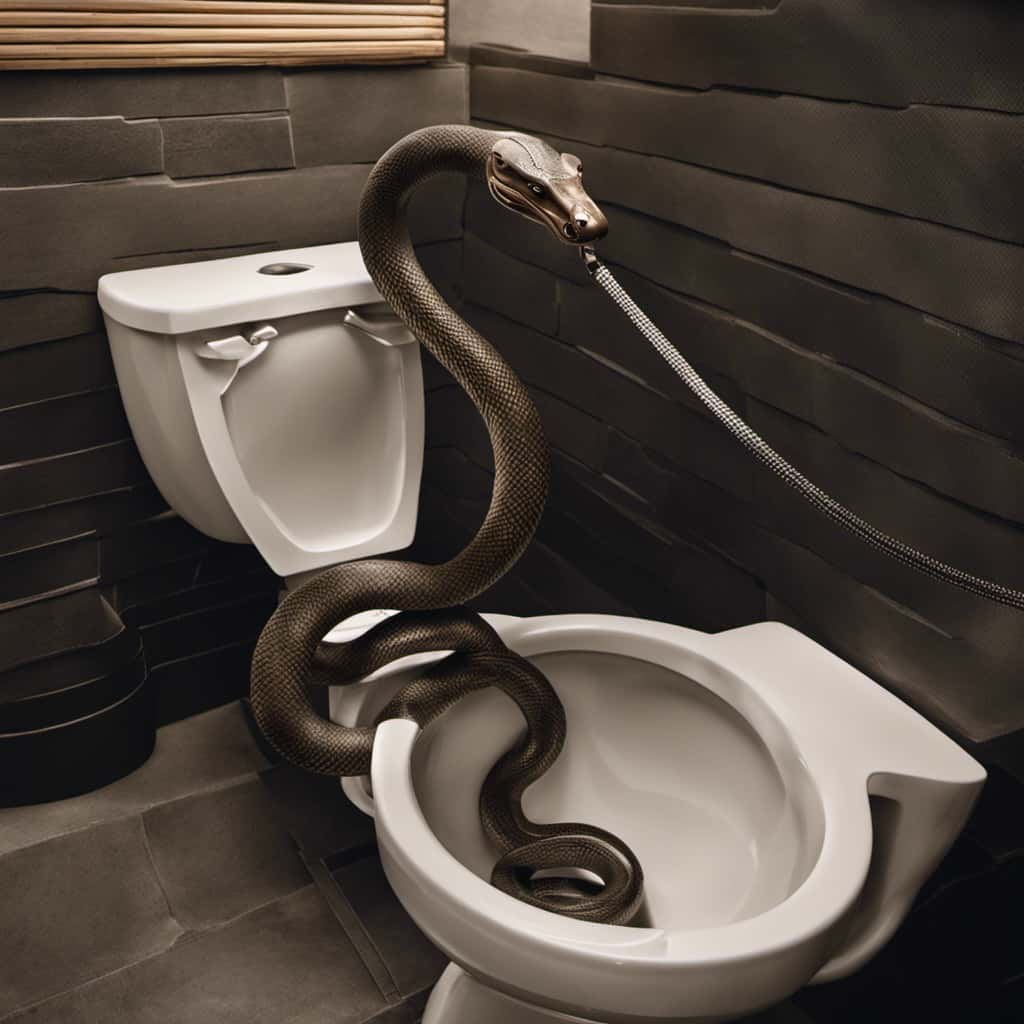
Here are the key effects on marine life:
- Physical harm: Marine animals such as fish, turtles, and seabirds often mistake wet wipes for food, leading to ingestion and potential intestinal blockages.
- Habitat disruption: Wet wipes can accumulate in coral reefs, seagrass beds, and other important habitats, altering the delicate balance and biodiversity of these ecosystems.
These impacts on marine life highlight the urgent need to address wet wipe pollution and its consequences.
Transitioning into the subsequent section, let’s now explore the hidden cost of flushing wet wipes.
The Hidden Cost of Flushing Wet Wipes
Flushing wet wipes comes with a hidden cost that we often overlook. While wet wipes may seem convenient for personal hygiene or household cleaning, the repercussions of flushing them down the toilet can be significant. Not only do wet wipes pose hidden dangers to our plumbing systems, but they also have serious cost implications for our society and environment.

To truly grasp the extent of the hidden cost, let’s take a look at the following table:
| Hidden Dangers | Cost Implications |
|---|---|
| Clogged Pipes | Expensive Repairs |
| Sewage Blockages | Increased Maintenance Costs |
| Environmental Pollution | Water Treatment Expenses |
As the table illustrates, flushing wet wipes can lead to clogged pipes, resulting in expensive repairs. Sewage blockages incur increased maintenance costs for municipalities, while the environmental pollution caused by these non-biodegradable wipes leads to additional expenses in water treatment.
Understanding the hidden dangers and cost implications of flushing wet wipes is crucial in addressing the subsequent section about the risks to marine life from flushed wet wipes.
Risks to Marine Life From Flushed Wet Wipes
When it comes to the impact of flushed wet wipes on marine life, we need to consider the potential risks they pose. Marine pollution is a serious concern, and wet wipes contribute to this problem by entering the waterways and oceans. The following are the risks that flushed wet wipes pose to marine life:
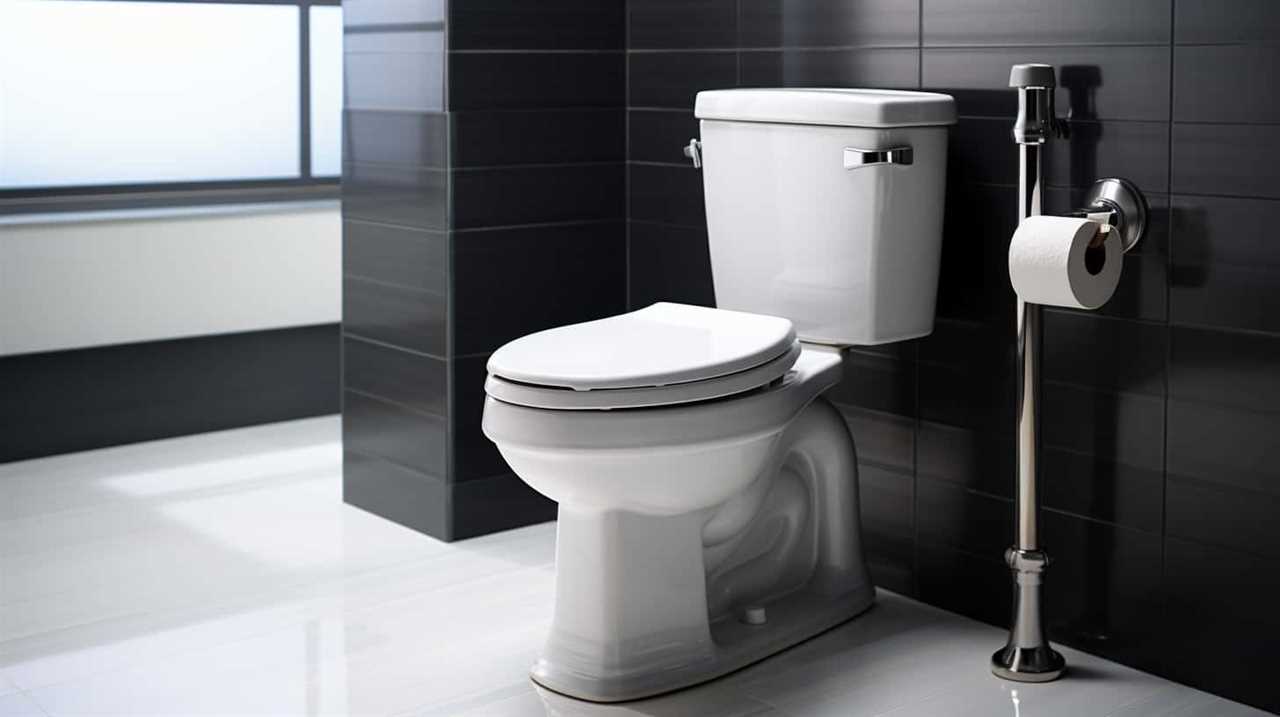
- Entanglement: Marine animals such as turtles, seals, and dolphins can become entangled in wet wipes, leading to injury or death.
- Ingestion: Marine organisms may mistake wet wipes for food and consume them, leading to digestive tract blockages or internal injuries.
To mitigate these risks, it’s crucial to raise awareness about proper disposal methods and the importance of not flushing wet wipes down the toilet. Additionally, improvements in wastewater treatment processes should be made to effectively remove wet wipes and other pollutants from the water before it reaches the marine environment.
In the next section, we’ll delve into the connection between wet wipes and microplastic pollution.
Wet Wipes and Microplastic Pollution
When it comes to wet wipes, there’s a growing concern about their environmental impact, particularly in relation to microplastic pollution. These wipes are often made of synthetic materials that don’t biodegrade easily, leading to the release of microplastics into our waterways. These tiny plastic particles can have detrimental effects on marine life and ecosystems.
However, there are solutions available to reduce this pollution, such as using biodegradable alternatives or properly disposing of wet wipes in the trash.
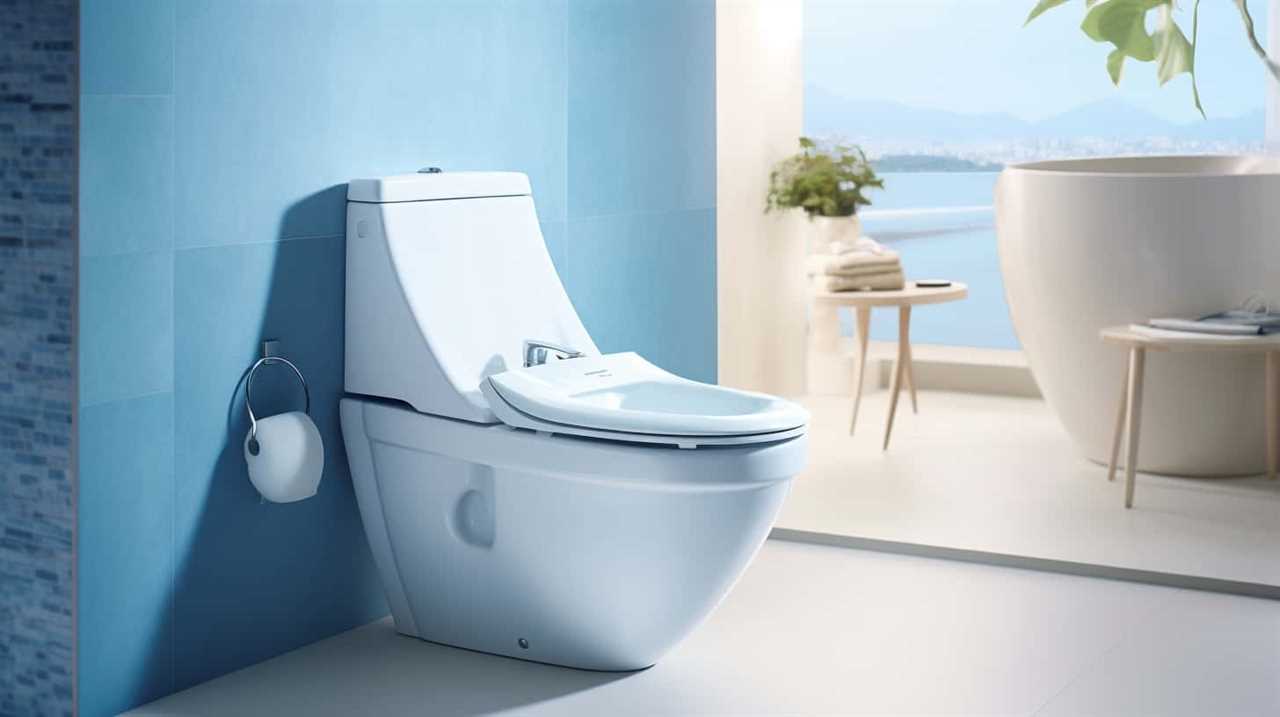
Environmental Impact of Wet Wipes
After being flushed, wet wipes contribute to the environmental impact by releasing microplastics into water systems. These microplastics are a major concern because they’re small enough to be ingested by marine organisms, leading to potential harm to aquatic life and the overall ecosystem.
The environmental impact of wet wipes extends beyond their disposal. The manufacturing process of wet wipes also contributes to the problem. Key points to consider include:
- Reusable Alternatives:
- Encouraging the use of reusable alternatives, such as washable cloths or biodegradable wipes, can significantly reduce the environmental impact.
- These alternatives not only eliminate the need for single-use wet wipes but also minimize the release of microplastics into water systems.
- Wet Wipe Manufacturing Process:
- The production of wet wipes involves the use of non-biodegradable materials like polyester and polypropylene.
- These materials can take hundreds of years to decompose, adding to the accumulation of microplastics in the environment.
Solutions for Reducing Pollution
To address the issue of wet wipe and microplastic pollution, we can implement solutions that focus on reducing their usage and promoting environmentally-friendly alternatives. One solution is to raise awareness among consumers about the negative impacts of wet wipes on the environment. By educating the public about the importance of sustainable alternatives, such as reusable cloth wipes or biodegradable options, we can encourage individuals to make more conscious choices. Another solution involves implementing government regulations to limit the production and sale of non-biodegradable wet wipes. These regulations can also require manufacturers to provide clear labeling about the environmental impact of their products. Additionally, investing in research and development of innovative technologies that can break down microplastics in wastewater treatment plants can help mitigate the pollution caused by wet wipes.
| Solution | Description | Benefits |
|---|---|---|
| Raise awareness | Educating the public about the negative impacts of wet wipes on the environment | Encourages individuals to make more sustainable choices |
| Government regulations | Implementing rules to limit the production and sale of non-biodegradable wet wipes | Ensures compliance and reduces the availability of harmful products |
| Research and development of | Investing in technologies that can break down microplastics in wastewater treatment plants | Helps mitigate the pollution caused by wet wipes and reduces the impact on aquatic ecosystems |
Health Hazards Associated With Flushed Wet Wipes
One of the health hazards associated with flushed wet wipes is the increased risk of clogged pipes. When wet wipes are flushed down the toilet, they don’t break down like toilet paper does. Instead, they can accumulate and form blockages in the pipes. This can lead to sewage backups and overflows, causing damage to homes and the environment.

The impact on water quality is another concern. Wet wipes contain various chemicals and synthetic materials that can contaminate water bodies when they’re flushed. These pollutants can harm aquatic life and disrupt ecosystems. In addition, the presence of wet wipes in water bodies can create breeding grounds for bacteria, increasing the risk of waterborne diseases.
To summarize the health risks associated with flushed wet wipes:
- Increased risk of clogged pipes
- Potential damage to homes and the environment
- Impact on water quality
- Contamination of water bodies
- Disruption of ecosystems
- Increased risk of waterborne diseases
It is crucial to properly dispose of wet wipes in the trash to avoid these health hazards and protect our environment.
The Economic Burden of Wet Wipe Disposal
The economic burden of wet wipe disposal is a significant concern for communities and municipalities. The improper disposal of wet wipes can lead to clogged pipes, sewer backups, and increased maintenance costs for wastewater treatment facilities.

The economic impact of these issues is twofold. Firstly, the cost of repairing and replacing damaged infrastructure can be substantial. Secondly, the expenses associated with waste management, including the removal and treatment of wet wipes, can place a strain on local budgets.
Municipalities often bear the financial responsibility of addressing these challenges, which can divert funds from other essential services. To mitigate this economic burden, it’s crucial to educate the public about proper disposal methods and invest in improved waste management systems.
Alternatives to Flushing Wet Wipes
Instead of flushing wet wipes, we can consider more environmentally-friendly options for their disposal. Here are some eco-friendly options and reusable alternatives to help mitigate the negative impact of wet wipes on the environment:
- Eco-friendly options:
- Dispose of wet wipes in the trash: Seal them in a plastic bag before throwing them away to prevent odors.
- Use biodegradable wipes: Look for wipes made from natural and biodegradable materials that can break down over time.
- Reusable alternatives:
- Cloth wipes: Invest in reusable cloth wipes made from soft and absorbent materials that can be washed and reused.
- Bidets or wetting cloths: Consider using bidets or wetting cloths instead of wet wipes for personal hygiene.
The Importance of Proper Wet Wipe Disposal
To properly dispose of wet wipes, we must recognize the importance of responsible waste management. Improper disposal of wet wipes can have severe environmental consequences. When flushed down the toilet, they can clog pipes and cause blockages in sewage systems. This can lead to costly repairs and backups, which can result in the release of untreated sewage into waterways.
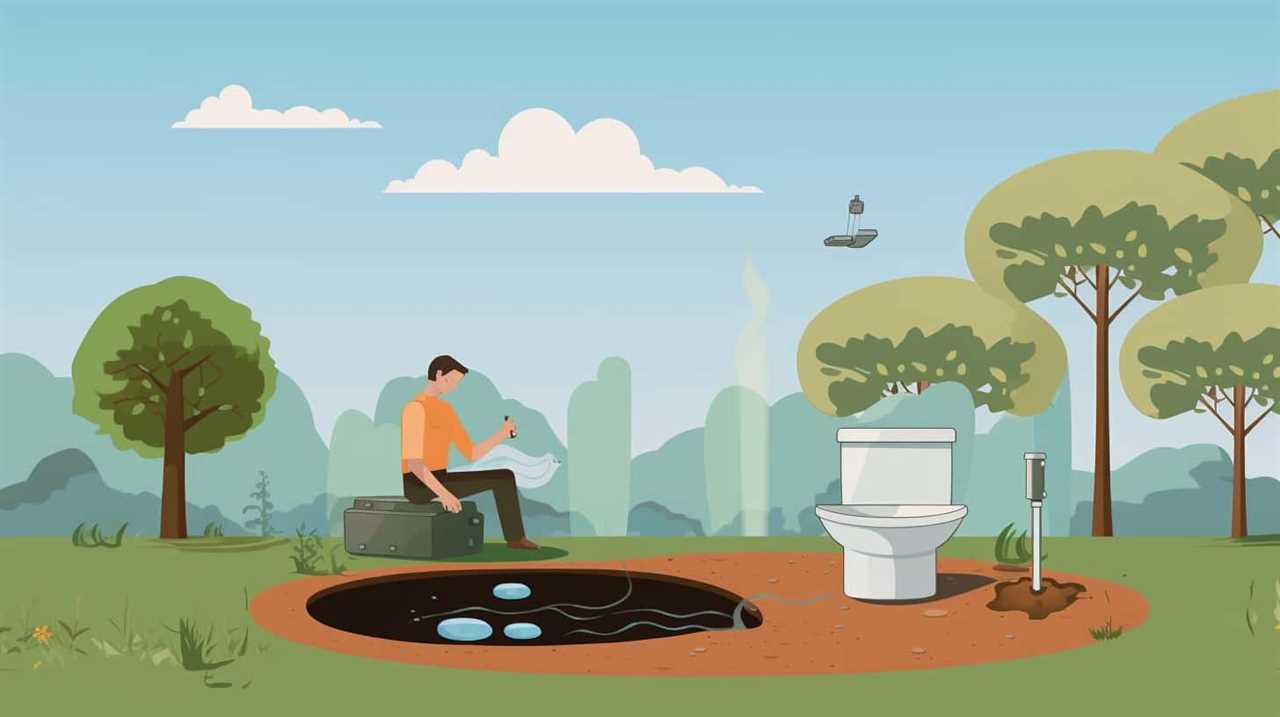
Wet wipes aren’t biodegradable like toilet paper, and they can take years to break down, contributing to the growing problem of plastic pollution in our oceans and landfills. Proper wet wipe disposal involves throwing them in the trash after use, preferably in a sealed bag to prevent any odors or leakage.
Conclusion
In conclusion, flushing wet wipes down the toilet may seem harmless, but it creates a hidden journey of destruction.
These innocent-looking wipes can wreak havoc on our plumbing systems, causing blockages and costly repairs. Not only do they clog pipes, but they also pose health hazards and burden wastewater treatment plants.
It’s crucial to educate ourselves on proper wet wipe disposal and consider alternative options to protect our environment and prevent future plumbing nightmares.
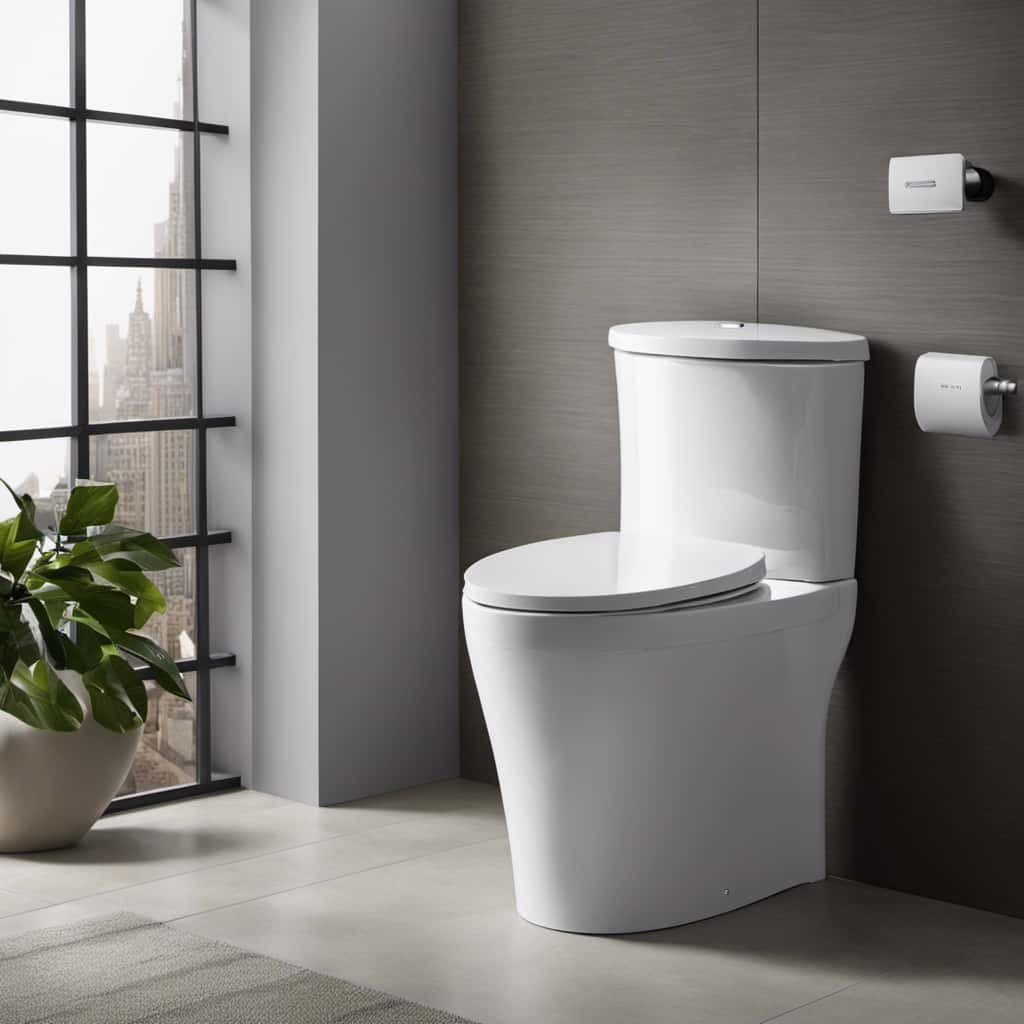
Let’s break free from the chains of flushed wet wipes and embrace responsible waste management.

